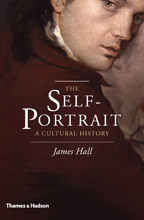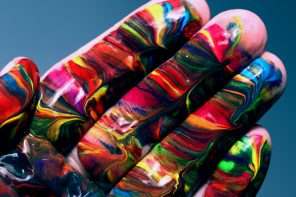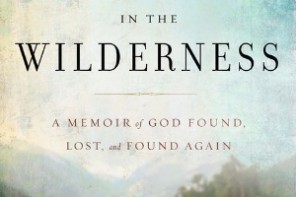Ja mes Hall, The Self-Portrait: A Cultural History, New York: Thames and Hudson, 2014, 288pp, 120 Illustrations, 109 in colour, £24.95.
mes Hall, The Self-Portrait: A Cultural History, New York: Thames and Hudson, 2014, 288pp, 120 Illustrations, 109 in colour, £24.95.
British art historian and critic James Hall has produced an impressive account of the history of Western self-portraiture in a beautifully bound and illustrated volume. He justifies his nearly 270-pages of text on the subject by arguing that self-portraiture is “the defining visual genre of our confessional age,” (7), and thus it assumes the role of a Fifth Element alongside traditional genres of histories, portraits, landscapes and still lifes (8).
His history of the genre is written with a view to this contemporary juncture, but along the way he contributes toward a new appreciation for the art form and challenges some conventional wisdom about it.
One part of the conventional wisdom that Hall challenges is the assumption that self-portraiture is properly the provenance of the Renaissance. Hall traces examples of self-portraiture back to antiquity, but grounds his narrative in the Christian medieval period. It was here, when people were “preoccupied with personal salvation and self-scrutiny” that artistic self-portraiture begins (17). Drawing upon the traditions of King Abgar and Veronica which viewed Christ Himself as a self-portraitist, Hall argues that the Medieval period developed a theology wherein the face was a ‘bearer of particular meanings about the individual” (21).
While the kind of highly individualized self-portraiture that we associate with Albrecht Dürer would wait until the 1500’s, Hall argues persuasively that the line of Western self-portraiture begins earlier than most art histories courses might otherwise suggest.
Secondly, Hall goes to great lengths to highlight the place of female artists in this narrative. From early on in the text Hall ferries out the presence of women in art and presents them as full participants in the developing history. Alongside the great familiars whom he treats with all due interest and scholarly vigor, Hall speaks at length of artists like the Roman artist “Marcia” in a fascinating example of triple portraiture from a 15th century illuminated manuscript, Sofonisba Anguissola (c. 1532-1625), Artemisia Gentileschi (c. 1593-1653), Angelica Kauffman (1741-1807), to more familiar names such as the serial self-portraitist Frida Kahlo (1907-1954), Sophie Calle (b. 1953), and Tracey Emin (b. 1963). By highlighting these figures Hall fills in an otherwise unbalanced perspective on the genre and on art history in general.
Hall writes in a curatorial, exhibition-catalog style and effectively offers a guided tour of self-portraiture. Each chapter concludes with a brief review of what has been covered and alerts the reader to what we will “see” in the following chapter. This makes the text a pleasure to read, even fun at times. Hall’s disdain for the work of Jeff Koons for example, is balanced by this qualification:
So Koons is, at the very least, doing something new: he’s a monogamous bacchanalian artist selling a perfect lifestyle, with all the slick urbanity of Ralph Lauren (272).
The Christian’s stake in the genre of portraiture, self- or otherwise, lies in the incarnational nature of the Gospel. Ours is a Faith of the Face: God’s, as revealed in Christ’s, and ours as they increasingly reflect God’s glory (II Corinthians 3-4). As with so many aspects of the Gospel, the things of this world, of the seculum, take on new significance because of redemption. But these implications of revelation are often disconnected from their theological moorings and so become “secularized.” Such is the cultural history of Western self-portraiture, yet the theological implications of the genre await reaffirmation in further research.
Even for all its common appeal, Hall’s use of jargon and technical terminology will have the neophyte reaching for a good dictionary of art. But the neophyte has much to gain from this guided tour of self-portraiture, for through it Hall situates all the familiar weigh-stations of art history and the various schools of style within an understandable narrative, including the ascendency of canvas painting itself, the use of the easel and, of course , the mirror.
Reviewed by James McCullough




